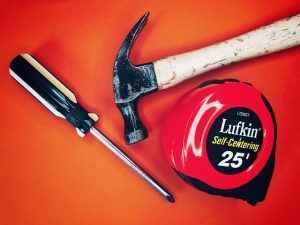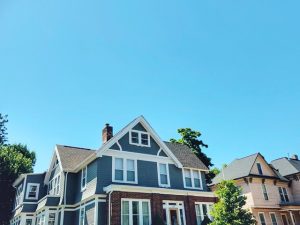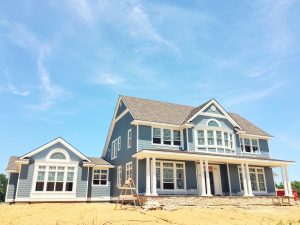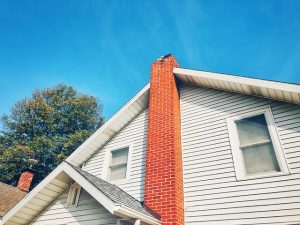Not all homes are move-in ready. In fact, most aren’t. Even new homes leave a lot of the finishing touches up to the new owners. In other words, you’re going to have to put in some work no matter what house you buy. How much, though, is up to you. You can look for something that’s relatively ready to go or find a house that needs some love. These days, a lot of buyers are passing on higher priced turn-key options in favor of getting their hands dirty. In fact, according to one new analysis from the National Association of Realtors’ consumer website, fixer-uppers are hot. Listings that are marketed as fixer-uppers received 52 percent more page views compared to comparable older homes. Danielle Hale, the site’s chief economist, says affordability is behind the trend. “Fixer-uppers give buyers a way to break into the housing market at a time when affordability is still stretched thin,” Hale said. “For those with the vision and a toolbox, fixer-uppers provide both a starting point in the market and the chance to create a home that’s truly their own.” (source)













